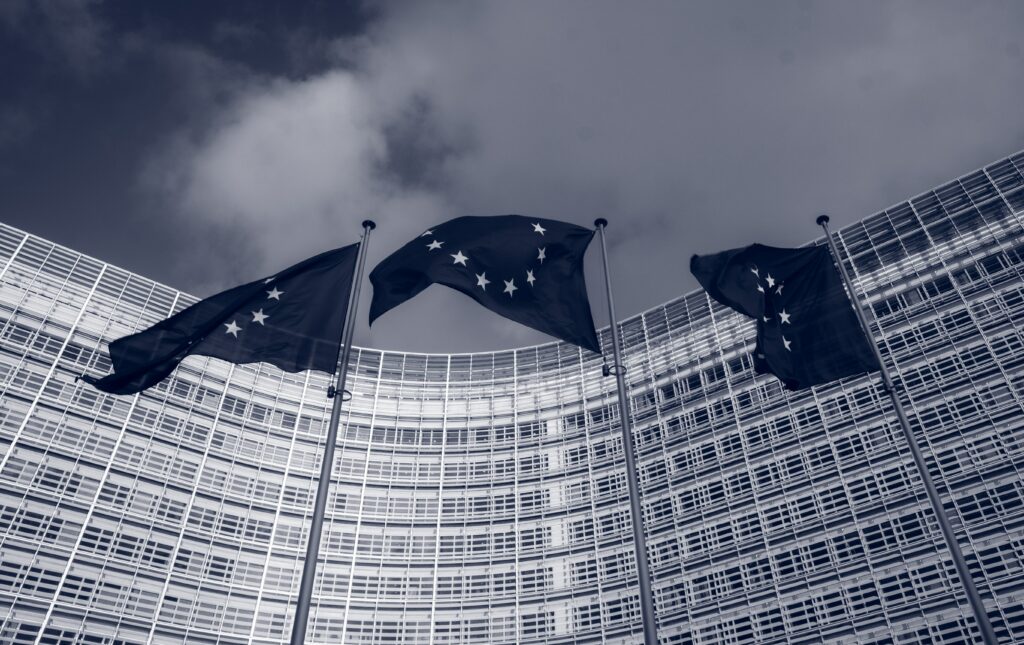A summary of the proposal for a reform of the EU electricity market
The European Commission’s plan for a market design fit for 2050
The European Commission’s plan for a market design fit for 2050
In this article, Leonardo Meeus and Sofia Nicolai summarise and contextualise the content of the European Commission’s proposal for a reform of the EU electricity market published on 14 March 2023.
On 14 March 2023, the European Commission (EC) published a proposal to reform the EU electricity market. The proposal follows a public consultation period from 23 January 2023 to 13 February 2023, during which a variety of stakeholders provided a response sharing their views.
Background
As we highlighted in our policy brief on the electricity market reform from December 2022:
“The electricity markets that were developed over the last two decades did what they were supposed to do during this crisis: through higher prices, they conveyed the message that energy is scarce. ‘Shooting the messenger’ is not going to remove the problem. If we suspend markets or cap electricity prices, governments will have to step in to ration energy, and organise the solidarity across borders. It can be a bit counterintuitive for some at present, but electricity markets provide stability, and automatic solidarity, because they bring energy to where it is most needed. The impacts of this crisis on consumers might have taken longer to come to surface without markets but, in the end, would have been worse. However, we also learned a lot during this crisis on how electricity markets can be completed and complemented with regulatory instruments…”
The problems that needed to be addressed by this reform, according to our analysis, include: (energy) poverty and inflation; the insufficient hedging by consumers and retailers; the difficulties in accessing cheap renewables by consumers; and the investment uncertainty, which increased with the many emergency interventions during the crisis. The solutions we proposed include: the continued harmonization and integration of short-term electricity markets; steps towards better functioning forward markets; more long-term contracting for new assets via a combination of Capacity Remuneration Mechanisms, Power Purchase Agreements (PPAs), and Contracts for Differences (CfDs) backed by government; and an acceleration of the consumer-side innovations introduced by the Clean Energy Package.
We very much welcome that the European Commission proposal includes all these elements, and we are also relieved that the proposal does not include some of the more radical proposals that circulated after the peak of the energy crisis last summer.
The proposal
The EC proposal is composed of:
- Communication COM(2023) 148 proposing to amend the Electricity Market Design Rules
- Communication COM(2023) 147 proposing to amend the Wholesale Energy Market Integrity and Transparency (REMIT) Regulation
In this article, we focus on the first Communication.
Communication (2023) 148, amending the Electricity Market Design Rules
The proposal aims at amending Regulation (EU) 2019/943 (Electricity Regulation), Regulation (EU) 2019/942 (ACER Regulation), Directive (EU) 2019/944 (Electricity Directive) and Directive (EU) 2018/2001 (Renewable Energy Directive) to improve EU’s electricity market design and encompasses 3 areas of action:
- Protecting consumers from volatile energy prices
- Enhancing stability and predictability of the cost of energy, thereby contributing to the competitiveness of the EU economy
- Boosting investments in renewable energy.
Protecting consumers from volatile energy prices
To address the first objective, the proposal foresees: 1) the right to fixed price contacts as well as dynamic price contracts, to multiple contracts and to better and clearer contract information, providing options both for risk averse and risk taking consumers; 2) the access to a specific type of regulated retail prices (i.e. block tariffs, which have been used in some countries during a crisis to protect consumers, control inflation, while keeping an incentive to save energy) for households and small and medium enterprises (SMEs) in case of a crisis and the establishment by MSs of a supplier of last resort regime; 3) the opportunity for consumers to share renewable energy, without the need to create energy communities; 4) the stabilisation of energy supply for industry by encouraging suppliers to shield against high prices through the increased use of forward contracts with generators that can lock future prices.
Enhancing stability and predictability of the cost of energy, thereby contributing to the competitiveness of the EU economy
On the one hand, the proposal aims at optimising the functioning of short-term markets, for example, reducing the minimum bid size for intraday and day-ahead markets to 100kW, to improve liquidity. On the other hand, it aspires at enhancing market access to more stable long-term contracts (PPAs and CfDs) and markets (improving liquidity in forward markets).
PPAs are long-term private contracts between a renewable energy or low-carbon generator and a consumer. Access to PPAs is currently available only to major actors in a few MSs. To make them more available, MSs are expected to: 1) tackle the financial risks associated to off-taker payment default (e.g., through state guarantees), which is often a major barrier to PPAs; 2) allow renewable energy project developers participating in a public support tender to reserve a share of the generation for sale through a PPA; 3) apply in such tenders evaluation criteria to incentivise the access to the PPA market for customers that face entry barriers.
The fact that an obligation on suppliers to hedge appropriately may also boost demand for PPAs must also be considered.
CfDs are a form of public support through which the generator is guaranteed a minimum price by the government for the energy produced and is allowed to earn the full market price even when it is very high. This is why the proposal envisages 2-way CfDs, which imply setting a minimum that can be earned by the energy producer, but also a maximum price, so that any revenues above it are paid back to the public actor and then channeled to ease the effects of high prices for all electricity consumers proportionate to their consumption. CfDs should be the preferential support scheme for wind, solar, geothermal, hydro without reservoir, and nuclear power.
To enhance liquidity in forward markets, the proposal foresees, firstly, regional reference prices via a hub to increase price transparency and, secondly, the obligation for system operators (SOs) to allow transmission rights longer than a year. The Communication foresees the clarification of the role of ACER concerning the single allocation platform and an expansion of the competence of such platform, which shall:
-
- Offer trading of long-term transmission rights between each bidding zone and virtual hub
- Allocate long-term cross-zonal capacity on a regular basis and in a transparent, market-based, and non-discriminatory manner
- Offer trading of financial transmission rights that shall allow holders of these financial transmission rights to remove exposure to positive and negative price spreads, and with frequent maturities of up to at least three years ahead.
Boosting investments in renewable energy
CfDs and PPAs could give stable prices to consumers and reliable revenues to renewable energy suppliers (lowering the financial risk and reducing the cost of capital), thus contributing to the objective of tripling renewables (RES) deployment, in line with European Green Deal goals.
To foster the attractiveness of investments in RES, the exploitation of their potential through additional technologies and processes (like storage and demand response) must be made clear. Therefore, the proposal aims at: 1) allowing MSs to design or redesign capacity mechanisms in order to promote low-carbon flexibility; 2) allowing MSs to introduce new support schemes for non-fossil flexibility such as demand side response and storage; 3) mandating MSs to assess their power system flexibility needs and establish objectives to deliver on those needs; 4) entitling transmission SOs to design a peak shaving product enabling demand response to contribute to decreasing peaks of consumption in the electricity system at specific hours of the day. SOs will be under the additional task of making connection capacity availability more transparent, so to allow renewable energy developers to deploy RES in areas where the grid is less congested. Lastly, the proposal mentions the willingness to bring trading deadlines closer to real time. In an energy mix characterised by more and more RES, this would improve system efficiency and clarify balancing needs more accurately, considering the actual generation from RES and reducing imbalance costs.
Next steps
Announced by President von der Leyen during the State of the Union speech in September 2022, the reform of the electricity market design has been included in the Commission’s 2023 Work Programme. The proposal will now be discussed and perhaps amended by the European Parliament the Council and, when an agreement will be reached, it will enter into force.







